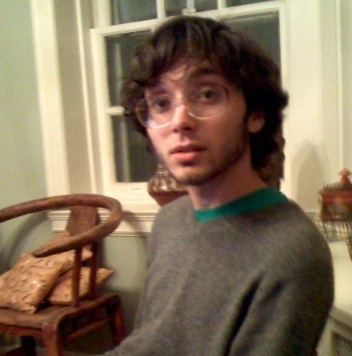I think the element of Biology 103 that I enjoyed most was its ability to answer all my ‘big questions.’ Before the course, I did not understand molecular evolution, the purpose of the scientific method, or how chemistry was connected to biology, and I left feeling pretty confident in my comprehension of these things. Because science is a loopy storytelling process, though, I was continually reassessing my ideas of what these processes meant, in particular, evolution. While our society’s great debate on evolution often hinges on the idea that evolution denies the ‘miraculous’ associated with a divine being (like that of creationism or intelligent design), the play between genes and environment and particularly improbable assembly certainly seemed miraculous to me.

 © Serendip® 1994 - All rights reserved. Privacy Policy
© Serendip® 1994 - All rights reserved. Privacy Policy



